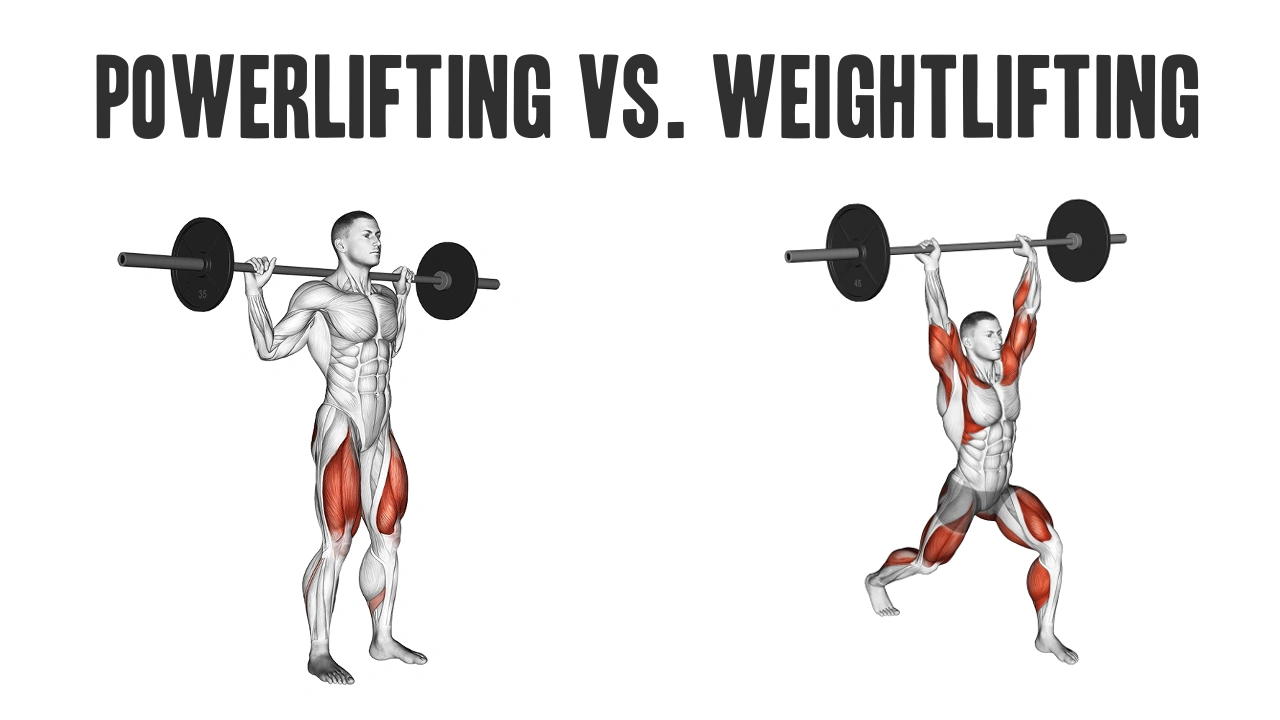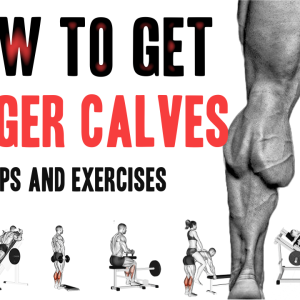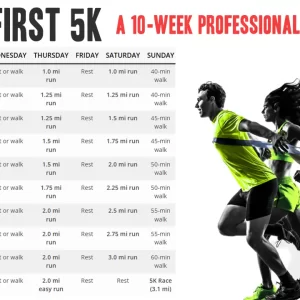Contents
Strength sports have grown in popularity, but terms like powerlifting and weightlifting are often used interchangeably—incorrectly so. While both disciplines involve lifting heavy weights and developing maximal strength, they differ significantly in technique, performance goals, competitive structure, and required athletic qualities.
Whether you’re a coach, athlete, or fitness enthusiast, understanding the difference between powerlifting and Olympic weightlifting is key to designing effective programs and setting realistic performance goals. This article breaks down the core differences between these two sports with research-backed clarity.
What Is Powerlifting?
Powerlifting is a sport centered around maximal strength demonstrated in three distinct lifts:
- Squat
- Bench Press
- Deadlift
Each athlete has three attempts per lift in competition, and the best successful attempt in each is summed for a total score.

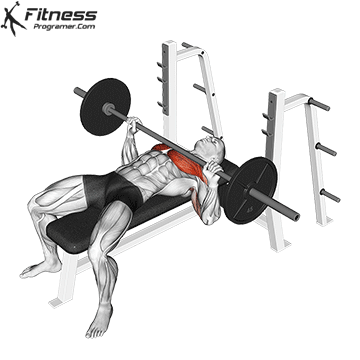
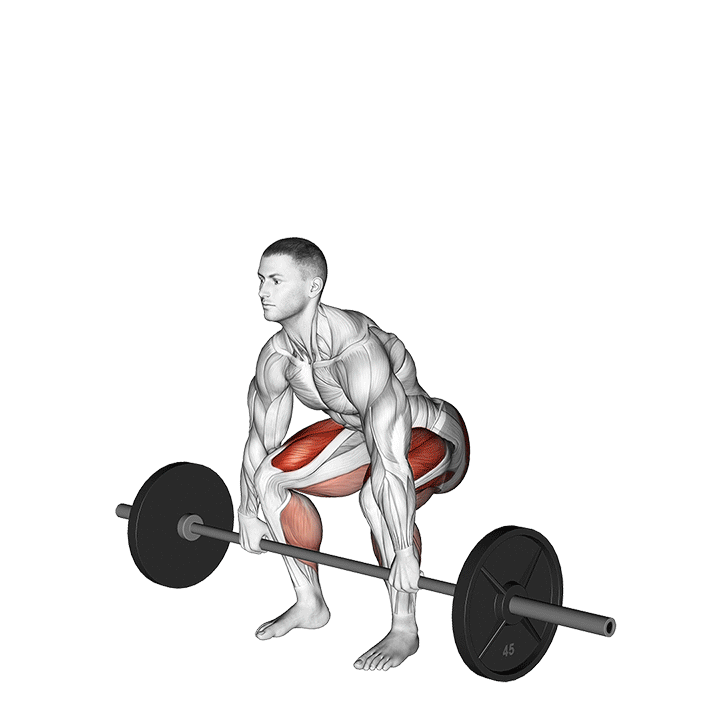
Key Features:
- Goal: Lift as much weight as possible for one repetition.
- Movement Style: Slow, controlled lifts through full range of motion.
- Tests: Absolute strength, especially in sagittal-plane movement.
- Equipment: Can be raw (belt and sleeves) or equipped (squat suits, bench shirts).
- Federations: IPF, USAPL, WRPF, etc.
Physical Attributes Developed:
- Maximal force output
- Intra-abdominal pressure and bracing
- Lower-body and posterior chain hypertrophy
What Is Olympic Weightlifting?
Also known as weightlifting in the Olympic context, this sport consists of two dynamic lifts:
- Snatch
- Clean and Jerk
Both movements require lifting a barbell from the ground to overhead using speed, power, and precision.
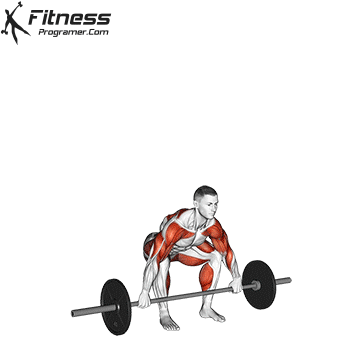
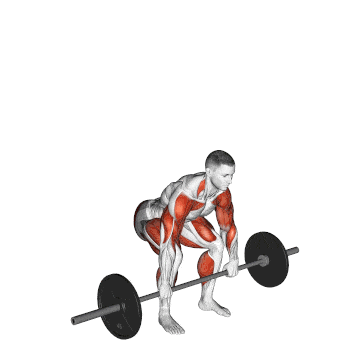
Key Features:
- Goal: Lift maximal weight overhead in a technically demanding motion.
- Movement Style: Explosive, full-body lifts involving rapid extension and coordination.
- Tests: Strength, power, flexibility, and motor control.
- Equipment: Weightlifting shoes, wrist wraps, and belts.
- Federation: International Weightlifting Federation (IWF)
Physical Attributes Developed:
- Rate of force development
- Neuromuscular efficiency
- Mobility and coordination
Key Differences Between Powerlifting and Weightlifting
| Category | Powerlifting | Olympic Weightlifting |
|---|---|---|
| Lifts Performed | Squat, Bench Press, Deadlift | Snatch, Clean and Jerk |
| Movement Speed | Controlled, slow lifts | Fast, explosive lifts |
| Primary Goal | Maximal strength | Maximal power and technique |
| Flexibility Needs | Moderate | High (especially shoulder, hip, ankle) |
| Mobility Requirement | Lower | Very high |
| Injury Risk Areas | Lower back, shoulders | Wrists, shoulders, knees |
| Weight Classes | Yes | Yes |
Training Style and Periodization
Powerlifting Programs prioritize volume and intensity cycling to build neuromuscular efficiency and muscle mass, with typical rep ranges between 1–6 reps.
Weightlifting Programs emphasize technical refinement, speed drills, and explosive strength, often working with singles to triples and incorporating movement variations like hang cleans and snatch pulls.
Which One Is Right for You?
- Choose Powerlifting if you prefer slow, heavy lifts and enjoy focusing on raw strength.
- Choose Weightlifting if you’re more athletic, explosive, and enjoy fast, technical movements.
Both sports can improve muscular strength and are not mutually exclusive—many strength athletes incorporate elements of both into hybrid training routines.
Coaching and Safety Considerations
- Both sports demand excellent technical instruction to minimize injury risk.
- Progressive overload, mobility work, and adequate recovery are essential regardless of modality.
- Novices should focus on motor control and bodyweight training before attempting maximal lifts.
Final Thoughts
While both powerlifting and Olympic weightlifting test strength, they represent two very different approaches to expressing it. Choosing the right one depends on your goals, movement style, and athletic background. No matter the discipline, mastering the basics and committing to consistent, structured training is the surest path to progress.
References
- Haff, G. G., & Triplett, N. T. (2015). Essentials of Strength Training and Conditioning (4th ed.). Human Kinetics.
- Garhammer, J. (1993). A review of power output studies of Olympic and powerlifting: Methodology, performance prediction, and evaluation tests. Journal of Strength and Conditioning Research, 7(2), 76–89.
- Stone, M. H., et al. (2006). Power and maximum strength relationships during performance of dynamic and static weighted jumps. Journal of Strength and Conditioning Research, 20(4), 967–971.
- Comfort, P., et al. (2012). A comparison of peak ground reaction force and rate of force development during variations of the power clean. Journal of Strength and Conditioning Research, 26(5), 1203–1212.

